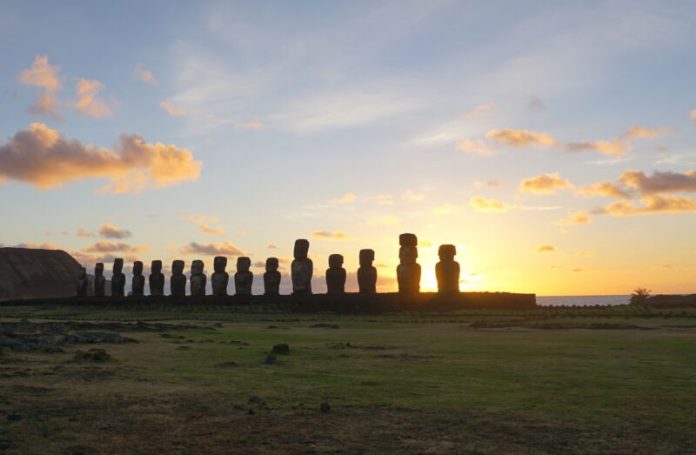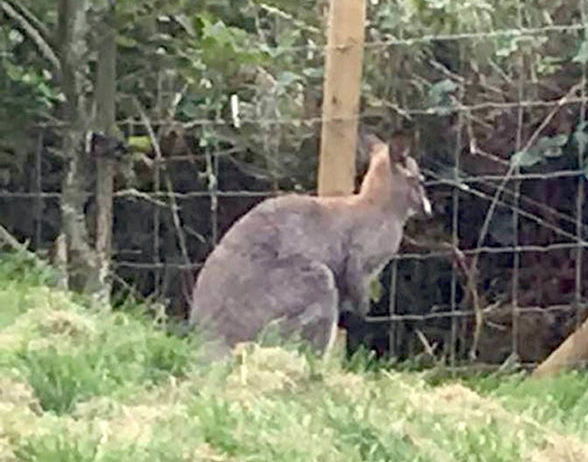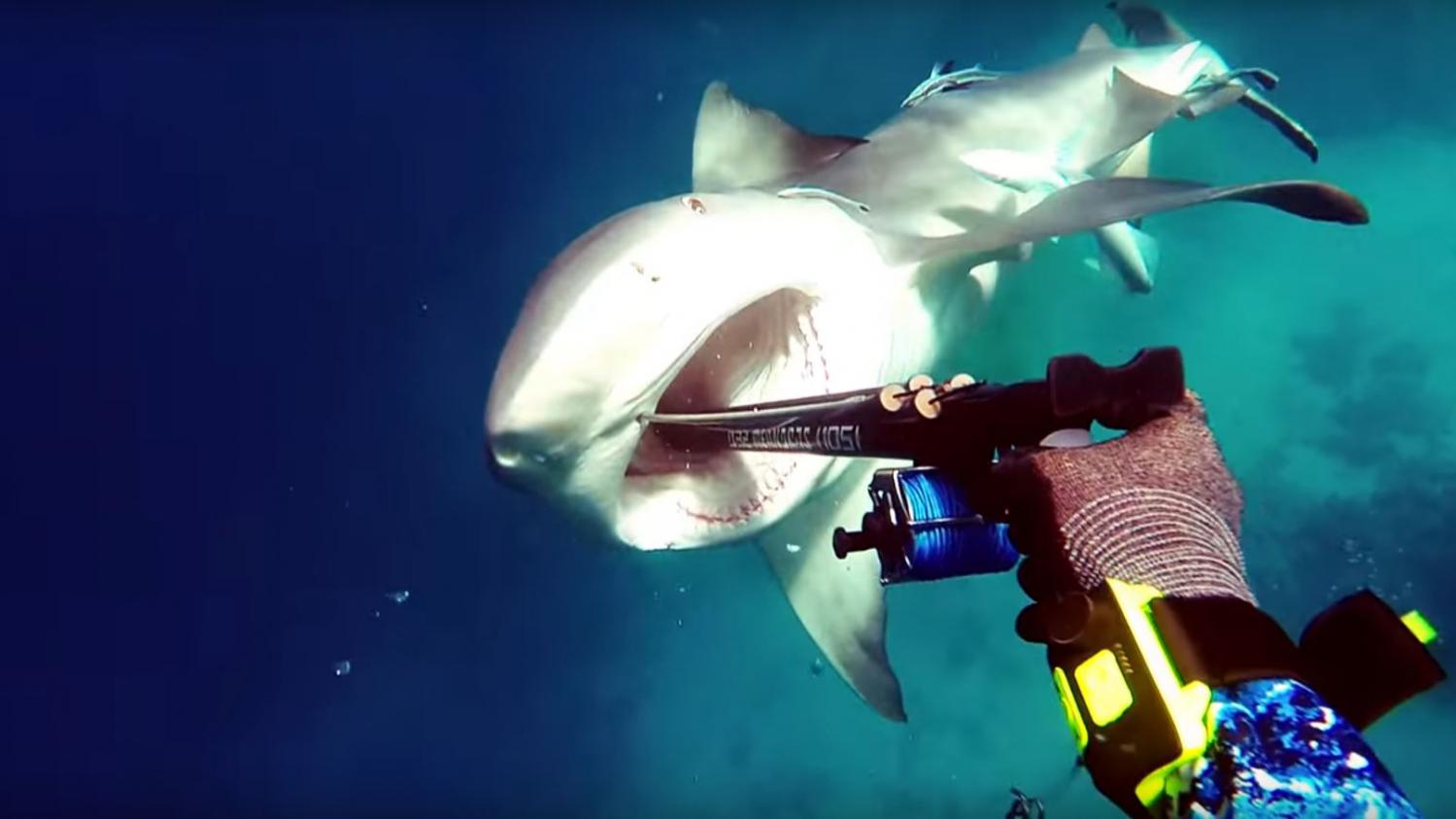The Polynesians were the greatest explorers of the world. Starting from the vicinity of Taiwan, they sailed across vast stretches of the Pacific, settling—and in some cases, continuing to trade between—astonishingly remote islands from New Zealand to Hawaii. But it’s never been quite clear whether they made the final leap, sailing from Rapa Nui to reach the nearest major land mass: South America.
There are some hints that they have, primarily the presence of South American crops throughout the Pacific. But there has been no clear genetic signature in human populations, and the whole analysis is confused by the redistribution of people and crops after the arrival of European sailors.
Now, a new study finds clear genetic indications that Polynesians and South Americans met—we’ve just been looking at the wrong island—and wrong part of South America—for clear evidence. The researchers also raise a tantalizing prospect: that South Americans were already living on a Polynesian island when the Polynesians got there.
Messy genetics
The obvious place to look for contact between Native Americans and Polynesians is Rapa Nui, also called Easter Island. It lies 3,500 kilometers from the Chilean coast and was the closest Polynesian settlement to the Americas. The dramatic stone monuments built on Rapa Nui also evoke some of the statuary found in South America. And as on other South American islands, sweet potatoes, which originated in the Americas, were a staple of the diet.
But European colonizers later spread the sweet potato widely across the Pacific, making it difficult to determine when the crop arrived at distant islands. And they also spread people, including many with Native American heritage, during the colonial period. This has led to some confusing and contradictory results. Two different studies of people native to Rapa Nui came to completely different conclusions about whether they shared DNA with Native Americans, possibly because not all of the island’s population has mixed with post-colonial arrivals from South America.
In the case of sweet potatoes, we were able to sort things out using samples gathered by early explorers and preserved in museums. These date from before the Spanish spread the crop across the Pacific and indicated that the original crops used by the Polynesians had originated somewhere near the junction between Central and South America. But we have very little ancient Polynesian DNA from before the colonial period, in part because DNA isn’t likely to survive centuries on a humid and likely tropical island.
What we have instead are present day populations, which we know mostly have a complicated mix of heritages. So the large international team that decided to tackle the question accepted the challenge of these samples and figured out a way to untangle the heritages. To do so, the researchers obtained a large collection of Polynesian DNA samples—166 from Rapa Nui and 188 from 16 other island populations. They also obtained DNA from 15 different groups of Native Americans up and down the Pacific coast.
A mix of logic and algorithms
To deal with the confusing genetic history of Polynesia, the researchers performed a number of different analyses. One is a standard tool called ADMIXTURE that estimates whether two populations have interbred in the past. But beyond the standard tools, the researchers looked for long stretches in which DNA variations were largely identical, suggesting they’d been inherited from a common ancestor. The length of these stretches can also provide an indication of how long ago that common ancestor existed.
As a result of this analysis, not only could the researchers tell that the DNA from samples suggested that the people had a common ancestor, but they could identify which stretches of DNA likely came from which ancestral group, and how long ago those groups had interbred.
That turned out to be critical. The software did identify stretches of DNA that appeared to come from South American groups native to Peru and Chile, the closest areas to Rapa Nui. But the researchers found that the frequency of this DNA correlated with the frequency of DNA from European sources. The amount of this DNA present also varied greatly among individuals, suggesting that it hasn’t been in the population long enough to reach an equilibrium. All of this is consistent with this Native American DNA having arrived as people from Spain’s South American colonies travelled to Rapa Nui, perhaps as recently as when it was annexed by Chile.
But that wasn’t the only Native American DNA found. A second set of DNA segments look like those from Central American populations like the Mixe and Zapotec, as well as the Zenu group from Colombia, but is closest to the Native Colombians. And this set had completely different properties. To begin with, its presence in Rapa Nui correlated with the amount of Polynesian ancestry—not European. It also varied little among individuals, suggesting it had been in the population for far longer and predates the arrival of Europeans in the Pacific.
Perhaps critically, this DNA is found in a variety of islands in Eastern Polynesia. These were all settled prior to European arrival and have different histories with European colonizers (some Spanish, others French). This suggests that the Central American ancestry isn’t associated with European ancestry and instead arrived as these Polynesian populations spread among these islands.
That would make the introduction of the DNA somewhere other than Rapa Nui, which was one of the last islands settled. Instead, it was more likely to be some place farther north, in French Polynesia. So it seems we may have had both ends of the South America-Polynesia interactions wrong.
Who found whom where?
Overall, the researchers conclude the South American DNA was introduced in the Marquesas, a group of islands northeast of Tahiti, shortly after 1100 CE. Over the next hundred years, it spread south from there and eventually on to Rapa Nui, although it didn’t spread back to the core Polynesian territory to the west. This is despite the fact that the sweet potato, which very likely arrived with it, almost certainly was carried westward along trade routes.
This evidence, the researchers argue, makes sense of the fact that the Polynesian word for the crop sounds similar to terms used for it in South America. And it provides a tantalizing hint that the San Agustin culture, which was present at coastal sites in Colombia at the time, may have influenced the later building of large human statues on Rapa Nui.
But how did the meeting take place? Given their astonishing navigational skills, the obvious choice would be for the Polynesians to have reached South America as part of the expansion that brought them to the Marquesas and later returning to these islands; the prevailing winds and currents make that a relatively easy trip from the Colombian coast.
But there’s another possibility, made famous by the Kon Tiki expedition of the 1940s, which showed that a raft built using technologies that may have been in use on the South American coast could reach the Polynesian islands from there. The same trade winds and currents that would make the trip easy for Polynesians could have carried one of these rafts, whether it set sail west intentionally or not.
Thor Heyerdahl, who led the expedition, viewed it as evidence that the Polynesians were originally South Americans. We now know that’s not true. But that doesn’t mean they hadn’t established themselves in Polynesian territory. “Our earliest estimated date of contact is CE 1150 for Fatu Hiva, South Marquesas,” the authors write. “This is close to the date estimated by radiocarbon dating for settlement of that island group, raising the intriguing possibility that, upon their arrival, Polynesian settlers encountered a small, already established, Native American population.”
It’s incredibly difficult to see how we’re going to distinguish these possibilities, barring uncovering some archeological evidence one way or another. But the authors suggest that getting DNA from more people native to different island groups could clarify the dynamics of the DNA’s spread through the Polynesian population and might favor one or the other explanation.













